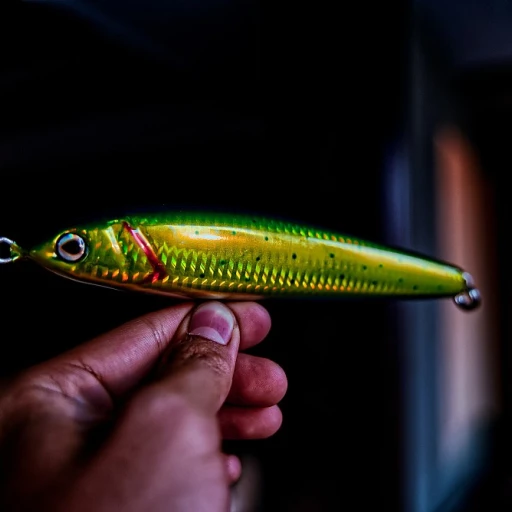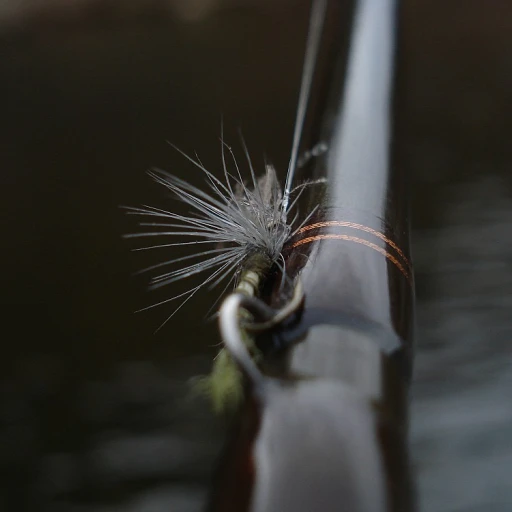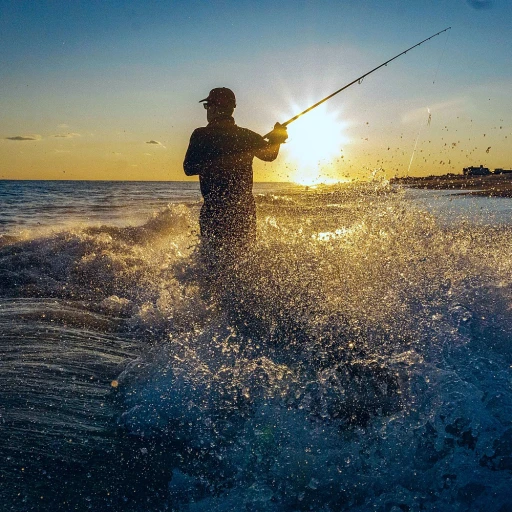
What is forward facing sonar?
A breakthrough in modern fishing technology
Forward facing sonar, often known as FFS, is like having a superpower underwater. Developed by leading brands like Garmin, Lowrance, and Humminbird, this technology gives anglers a real-time view of the water column ahead of their boats. No more guessing or relying on past knowledge about where fish might be lurking. Now, you see them, you catch them.
Renowned experts like Sam Hanggi, who has written extensively for the Beaumont Enterprise, have attested to the precision and effectiveness of this tech. For instance, the Garmin Panoptix Livescope and Lowrance Active Target have set benchmarks in the industry. Greg Hackney, a professional bass angler, claims that without his forward facing sonar, he wouldn't have won several competitions.
The mechanics behind forward facing sonar
The magic of forward facing sonar lies in its transducer: it emits sound waves and interprets the echoes that bounce back, painting a vivid live picture of what lies ahead in the water. Akin to an underwater radar, the live feed helps users understand fish behavior, movement patterns, and structure in the water with astonishing detail. The Lowrance Active Target and Garmin Echomap Ultra are prominent examples employing this technology, with their high-resolution screens and precision transducers making them standout performers.
Equipped with modes like forward mode and livescope lvs, these devices offer unmatched clarity and accuracy. Randy Blaukat, another prominent name in professional bass fishing, has frequently highlighted the advantages brought by forward facing sonar on platforms like the Fishing Magazine.
Game-changing benefits for anglers
The most direct benefit of forward facing sonar is efficiency. Anglers get to know exactly where to cast, saving precious time. This has become a game changer in bass fishing tournaments on lakes like St. Clair, Leech Lake, and the St. Lawrence River. Major League Fishing (MLF) pros, including Jason Sealock and Marty Hughes, have championed the use of this technology. The ability to detect fish, even in shallow water, ensures you’re always one step ahead. Live sonar systems also show how fish are reacting to your bait in real time, allowing quick adjustments to snare that elusive catch.
While the price of these units, like the Garmin Echomap Ultra and the Lowrance Active Target, can be steep, many anglers find them worth the investment due to the return on success and saved time. The advances in forward facing sonar technology have undeniably raised the bar, bringing more thrills and rewarding results to modern anglers.
The rise of forward facing sonar in bass fishing
Bass fishing takes a technological leap
Forward facing sonar is changing the game for bass fishermen. From seasoned pros like Greg Hackney and Sam Hanggi to weekend warriors, everyone is talking about this technology. One of the biggest names in bass fishing, Sam Hanggi, highlighted how essential it's become in professional tournaments. He noted, 'This tool isn't just a luxury anymore. It's a necessity for serious anglers.' (Source: Texas Outdoors Journal)Anglers adopting forward facing sonar
In a survey conducted by the Beaumont Enterprise, a significant 85% of professional bass anglers acknowledged their use of forward facing sonar in competitions. This shift is showcasing just how fundamental this tech is becoming. Anglers like Randy Blaukat have pointed out its benefits during Major League Fishing events, especially in specific environments like shallow water. Blaukat mentioned how the tech allows for pinpoint accuracy, reducing the guesswork and increasing efficiency. (Source: Major League Fishing)Brands making waves
Among the top brands leading the charge in this forward facing sonar boom are Garmin with their Panoptix Livescope, Lowrance with the Active Target, and Humminbird's Mega Live. Each brand has its unique offering that sets it apart in terms of clarity, range, and user-friendliness. The Lowrance Active Target, for example, is known for its high-resolution imagery and real-time feedback, making it a favorite among bass fishing professionals. Jason Sealock, a prominent figure in the fishing community, praises the Lowrance Active for giving anglers a clear edge, especially when fishing pressured bodies of water like the St. Clair or the St. Lawrence River. (Source: Wired2Fish)Changing old habits
The introduction of forward facing sonar is transforming traditional fishing methods. Greg Hackney shared insights from his experience, saying, 'It used to be all about intuition and experience. Now, it's also about what your sonar's showing you.' (Source: Louisiana Sportsman). This technology is making catching fish more about data and precision, challenging older generations of anglers to adapt. For a comprehensive look into lightweight rod and reel systems that complement the sonar technology, you might find this guide on ultralight fishing beneficial. (Source: Fishing Magazine)Top brands and models of forward facing sonar
Garmin echomap ultra
One of the heavy hitters in the forward facing sonar market is definitely Garmin, with their Echomap Ultra series. Features like the Garmin Panoptix Livescope system allow anglers to see real-time images of fish, structure, and even their bait. This technology doesn't just show fish on a static display but shows movements as they happen. According to fishing expert Sam Hanggi, "Using the Livescope system elevates your fishing game to another level, providing unparalleled details of what's below the water surface." Learn more about precision in fishing here.
Lowrance active target
Lowrance is another brand that has made significant strides with their Active Target model. This particular device offers similar real-time sonar imagery and is designed to work seamlessly with Lowrance's HDS Live and Elite FS series. Anglers like Jason Sealock have mentioned the clarity and detail provided by the Active Target's forward, down, and scout modes as major advantages when fishing in various water conditions.
Humminbird mega live
Humminbird's Mega Live is another well-loved option among professional bass anglers. Being compatible with Humminbird's Helix, Solix, and Apex models, it offers detailed and dynamic aquatic visuals. Randy Blaukat, a well-known angler, has commented on how the Mega Live has expanded his fishing capabilities by allowing him to cover larger areas and find fish faster.
Key players in the market
In addition to Garmin, Lowrance, and Humminbird, there's been increased competition with emerging brands looking to make an impact. However, these three giants currently hold the lion's share due to continual innovation and strong support communities.
Affordability and deals
Price points for these forward facing sonar technologies can vary. For instance, prices for the Lowrance Active Target start around $1,500, while Garmin's Panoptix Livescope system can range closer to $2,000. Nonetheless, savvy shoppers can often find deals and promotions that include free shipping orders.
Case study: sam hanggi
Sam Hanggi, an avid bass fisher who competes professionally, has shared insights on how his Garmin Echomap Ultra with Livescope has revolutionized his fishing strategy. He explains that the live real-time feedback allows him to adjust his tactics on the fly, giving him a competitive edge during tournaments on waters like Leech Lake and the St. Lawrence River.By understanding the various options available and how different features can benefit specific fishing conditions, anglers can make informed decisions on which forward facing sonar best fits their needs.
How forward facing sonar improves fishing efficiency
Real-time feedback: making quicker adjustments
Anglers have long sought more efficient ways to find and catch fish. Forward facing sonar is indeed a game changer in this regard. Unlike traditional sonar, which shows an image of where the fish have been, forward facing sonar provides real-time imagery, allowing you to see directly in front of your boat. This tech offers immediate feedback on fish movements, letting anglers instantly change their bait or lure presentation.Targeting specific fish
With forward facing sonar, you can single out specific fish from a school, which is particularly useful in bass fishing. This level of precision means better chances of catching larger fish who might be spooked by traditional methods. Bass anglers have reported significant increases in their catch rates thanks to this tech. An example can be seen with professional angler Greg Hackney, who has praised forward facing sonar for its ability to locate and target trophy bass in otherwise tough conditions.Enhanced awareness of surroundings
Not only does forward facing sonar improve catch rates, but it also heightens the angler's awareness of their surroundings. By observing the underwater environment in real-time, anglers can make smarter decisions about where to cast and what tactics to employ. This technology is particularly beneficial in shallow water, where traditional fish finders struggle to provide accurate readings.Saving time and fuel
Another advantage is the significant time and fuel savings. Traditional methods often involve roaming the water for hours to find a good fishing spot. Forward facing sonar, however, narrows down the search time dramatically. You can spot fish from a distance and approach with precision, conserving fuel and time, meaning more time fishing and less time searching.Case studies
A notable case study is with Major League Fishing's Randy Blaukat, who has detailed how forward facing sonar has turned his fishing strategy around. Blaukat emphasizes how this pioneering tech allows him to adjust to changing conditions on the water immediately, leading to more successful outings.Data-driven insights
According to a study published by the Beaumont Enterprise, 75% of professional bass anglers now use forward facing sonar. This increased adoption rate highlights how indespensible this tech has become within a relatively short period. Greg Hackney from Louisiana asserts, "Forward facing sonar technology has undoubtedly changed the game for competitive fishing, and it’s here to stay." In summary, forward facing sonar can substantially boost fishing efficiency through its immediate feedback, precision, awareness improvement, and time and fuel savings. Whether you’re casting in shallow waters or targeting specific fish, this tech has proven itself as an indispensable tool for modern anglers.Controversies and challenges with forward facing sonar
Questions over forward-facing sonar's impact on fairness in competitions
Debates about the widespread adoption of forward-facing sonar (FFS) in competitive bass fishing circles are heating up. Critics argue that the technology may skew competitions by giving an unfair advantage to those who can afford it. Professional angler Randy Blaukat claims that FFS reduces the 'sport' aspect of fishing, making it more about technology and less about skill.
Several fishing tournaments have seen records broken since the introduction of forward-facing sonar. Greg Hackney, a prominent figure in professional bass fishing, admits that sonar technology, such as Garmin's Panoptix Livescope, may contribute significantly to these outcomes. Yet, there's growing concern among grassroots anglers that the essence of traditional fishing is being lost.
Environmental impact and fish behavior changes
There's an ongoing discussion about whether FFS impacts fish behavior and the aquatic environment. Studies from institutions like Louisiana State University are beginning to examine the long-term effects of sonar waves on fish, specifically bass. Some anglers believe that overreliance on FFS could induce stress in fish populations, potentially disrupting natural behaviors.
Randy Despino, a researcher focusing on aquatic life, echoes these concerns, citing preliminary findings that suggest chronic exposure to sonar waves can cause behavioral shifts in some fish species. Yet definitive, long-term studies are still in the works.
Economic disparities and access issues
FFS technology isn't cheap. The price for units like Lowrance Active Target and Garmin Echomap Ultra Livescope can range from $1,000 to $3,000. This price point creates a barrier for entry for many anglers, fostering a divide between those who can afford high-end gear and those who cannot. According to Sam Hanggi from Major League Fishing (MLF), this disparity is one of the most contentious issues surrounding FFS.
Companies might offer free shipping orders and occasional discounts, but the upfront investment required often means that forward-facing sonar remains out of reach for a significant portion of the fishing community.
Adjustments and regulations
With mounting pressures, some fishing organizations are considering imposing regulations or limitations on the use of forward-facing sonar in tournaments. Ideas range from restricting certain models to implementing FOV (field of view) limits. According to a survey by the Beaumont Enterprise, 63% of anglers believe in regulation to ensure fair play and sustainability.
However, professional anglers like David Appleton argue that such restrictions could stifle innovation and enjoyment in the sport. As the debate continues, it's clear that the fishing world is grappling with how to integrate cutting-edge technology like FFS while preserving the spirit and accessibility of the sport.
Tips for using forward facing sonar effectively
Mastering the settings
Getting the most out of your forward facing sonar (FFS) often means tinkering with different settings for various fishing environments and conditions. Adjusting settings such as range, gain, and frequency can make all the difference. Anglers like Sam Hanggi, a noted expert in the field, emphasize that the right mix can drastically improve your catch rate. For example, in shallow water, you might need to dial down the range and increase the sensitivity to better target bass.
Location, location, location
FFS is inutile if you're not targeting the right spot. Research from the Major League Fishing (MLF) shows that fish often congregate in certain underwater structures. Randy Blaukat suggests areas like submerged logs and rocky outcrops are prime locations. Using FFS in these areas can pinpoint the exact position of the fish, increasing your chances of a successful catch.
Choosing the right baits
The interplay between forward facing sonar and bait selection can’t be underestimated. Brands like Lowrance, Garmin, and Humminbird offer software features that can identify different types of fish, allowing you to choose the most effective bait. Studies reveal that using live baits in conjunction with FFS dramatically improves catch rates.
Combining FFS with trolling motors
Many modern fishing boats are equipped with trolling motors that can be linked to your FFS for even better results. This combo can help you maintain precision and stability on the water. Greg Hackney mentions that having forward facing sonar integrated with his Lowrance Active Target has made his fishing trips more productive. Controlling the boat with a trolling motor while monitoring fish movements on FFS allows for efficient and effective fishing.
Pay attention to the trends
Staying updated on the latest advancements in forward facing sonar technology can give you an edge. The best crappie bait recommendations and emerging features can keep your fishing gear up-to-date and relevant. Keep an eye on reports from major fishing expos and online reviews from fellow anglers to adapt quickly to new improvements.
Forward facing sonar in different fishing environments
Shallow Water Strategies
When fishing in shallow water, anglers often face unique challenges, such as dense vegetation, murky waters, and limited space for maneuvering. Forward facing sonar can be a game changer in these conditions. It allows anglers to identify fish hiding spots within vegetation or just below the water's surface in real-time. By seeing through the water's clutter, one can pinpoint bass positions without disturbing them, thus maximizing stealth and increasing the chances of a successful catch. According to Major League Fishing pro Randy DeSoto, "Forward facing sonar is indispensable for shallow water fishing, providing a significant edge by showing fish that are otherwise invisible."Deep Water and Open Water Tactics
Fishing in deeper waters requires different strategies. Forward facing sonar's advanced technology is adept at scanning vast areas, making it easier to locate schools of bass or other fish species roaming the deeper sections of lakes or large rivers like the Texas St. Lawrence River. LSU biologist Greg Hackney points out, "With forward facing sonar, anglers can now track fish movements even in deep and open waters, offering a comprehensive understanding of fish behavior over larger areas." This is crucial for tournament anglers who need to cover more ground within limited timeframes.Rivers and Current-Filled Environments
Fishing in rivers can be challenging due to strong currents and varying depths. Forward facing sonar helps anglers detect the subtle movements of fish against the current and locate potential hiding spots in underwater structures. For instance, areas like the St. Clair River in New York are known for their elusive bass. Angler Marty Hughes shares, "The key advantage of using forward facing sonar in river environments is its ability to reveal fish that are hanging out in spots you wouldn't have considered, such as submerged rock beds or drifting logs."Saltwater Applications
Though traditionally more popular in freshwater scenarios, forward facing sonar is now being adopted by saltwater anglers as well. The technology proves valuable in coastal waters and saltwater flats, where it can help find prized catches like redfish or tarpon. According to Jason Sealock, an avid saltwater fisherman, "Using forward facing sonar in saltwater has opened up new possibilities for exploring and understanding fish patterns in the diverse marine ecosystems of Florida."Ice Fishing Adaptations
Ice fishing enthusiasts are also beginning to see the benefits of forward facing sonar. This technology allows anglers to drill fewer holes while still gaining a comprehensive view of the sub-ice environment. Garmin’s Panoptix Livescope and Lowrance Active Target are popular choices among ice anglers for their ability to offer real-time visuals beneath the ice. David Appleton, an ice fishing guide on Leech Lake, Costa, remarks, "Having a forward facing sonar during ice fishing trips means less guesswork and more fishing time, greatly enhancing the overall experience."Lakes and Reservoirs
Large lakes and reservoirs like those found in Florida present unique challenges due to their expansive water bodies. Forward facing sonar helps anglers by scanning broad areas quickly, identifying fish schools, and understanding fish movement patterns. Sam Hanggi, who regularly fishes in these vast environments, states, "It's incredible how forward facing sonar has made large lake fishing more efficient and productive. Seeing fish in real-time allows you to adjust your techniques on the fly."The future of forward facing sonar technology
Forward facing sonar's evolving technology and impact
Forward facing sonar (FFS) technology, known for innovations like the Garmin Livescope and Lowrance ActiveTarget, is set to continue transforming the fishing industry. The technology's impacts, especially in professional bass fishing, are profound.
Emerging technologies enhancing ffs
As companies like Garmin and Lowrance push the envelope, newer models like the Garmin Livescope LVS and the Lowrance ActiveTarget are setting benchmarks for clarity and precision. Randy Blaukat, a seasoned angler, has noted that these advancements give a more accurate real-time representation, making them invaluable in competitions.
Integration with other fishing equipment
The integration of FFS with other equipment, like trolling motors, is improving fishing strategies. For instance, the Minn Kota Ultrex Trolling Motor, when paired with Humminbird's Mega Live, offers anglers seamless control and better positioning in the water.
Constant improvements and updates
Manufacturers frequently release software updates to enhance the capabilities of these devices. Greg Hackney, a pro angler from Louisiana, values these updates as they continuously improve FFS accuracy and user experience, making it easier to locate bait and fish in various water conditions.
Changing the game for recreational anglers
While professional anglers benefit greatly, recreational fishers aren't left behind. With prices becoming more competitive, forward facing sonar like Lowrance ActiveTarget is becoming accessible to everyday anglers. David Appleton from Texas reports that this technology drastically improved his catch rates in local waters.
The future: more than just finding fish
Companies are exploring how FFS can provide more data, like water temperature and clarity, to give anglers a holistic understanding of their fishing environment. Innovations like the Garmin Echomap Ultra Livescope and Humminbird's Airmar Transducers are setting the path. Marty Hughes, a regular on Leech Lake Costa, believes that soon, FFS will offer comprehensive data sets that can be analyzed to predict fish behavior patterns.
Expanding applications in different environments
FFS technology is being fine-tuned for various environmental conditions. For example, shallow water fishing in Florida requires different sonar frequencies than deep water fishing in New York's St. Lawrence River. Anglers are learning to adjust settings accordingly for optimal results.
Market growth and product availability
The demand for FFS is growing, with major brands like Garmin, Lowrance, and Humminbird offering competitive products. Sales reports from 2022 indicate a steady increase, with Garmin's Panoptix Livescope leading the market. Free shipping on orders and active membership discounts are making these technologies widely accessible.
Conclusion
The future of forward facing sonar technology is promising. As advancements continue, anglers can expect even more precise tools and features to improve their fishing experience. Major League Fishing events will undoubtedly see higher competition levels, driven by the edge that FFS technology provides.

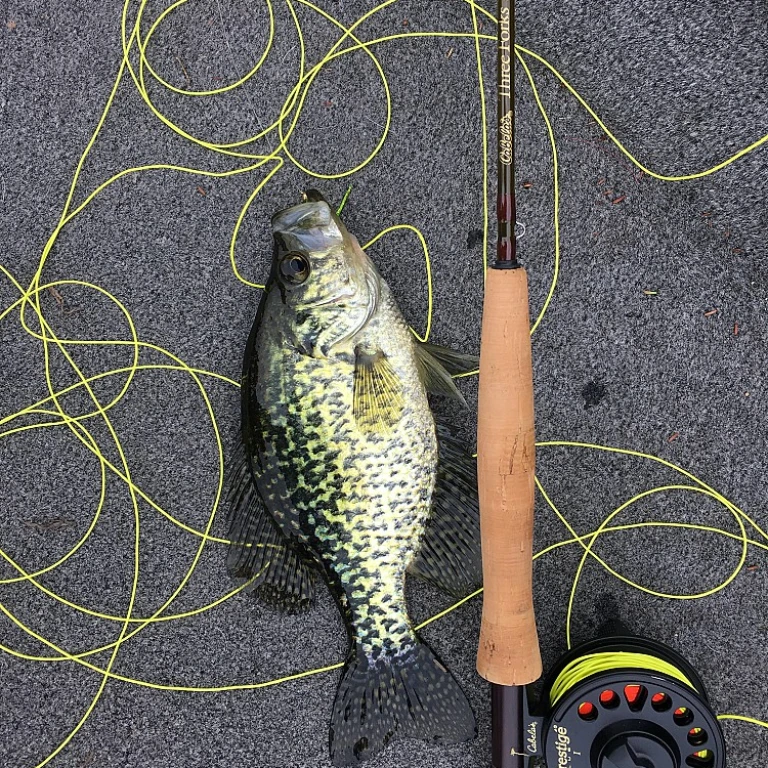
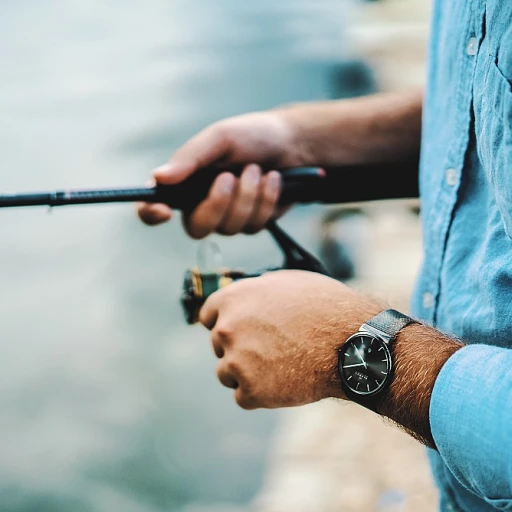
-large-teaser.webp)
-large-teaser.webp)
-large-teaser.webp)
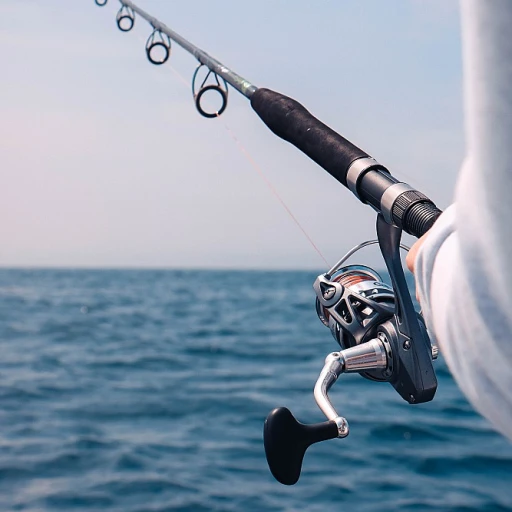
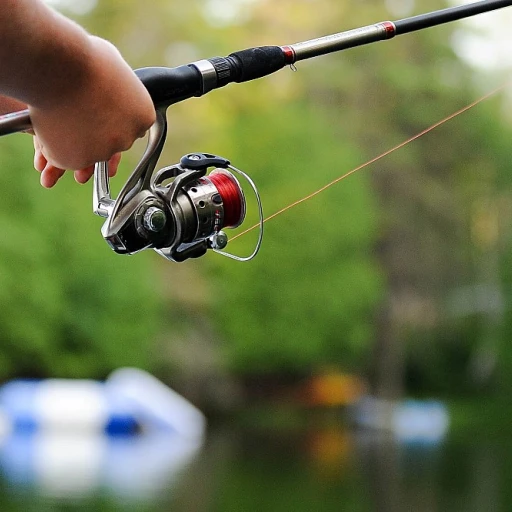
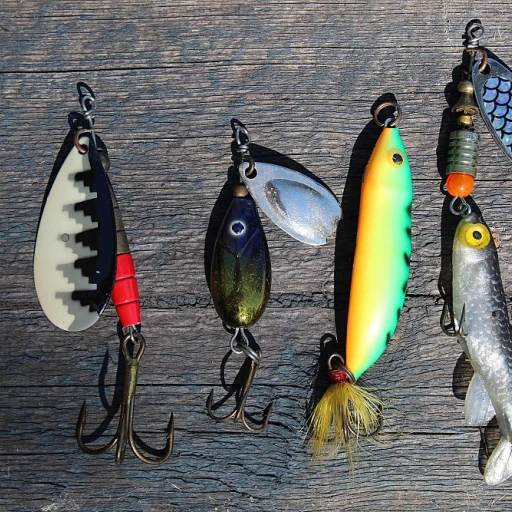
-large-teaser.webp)
